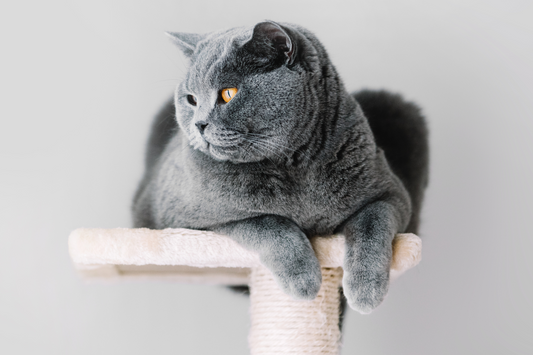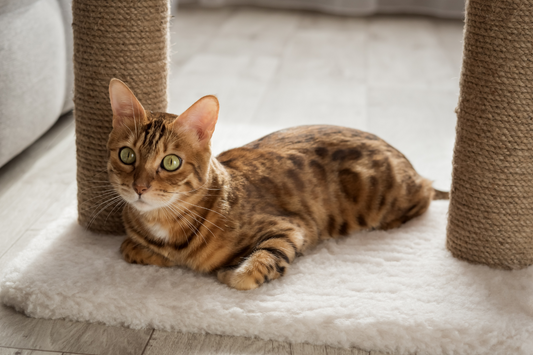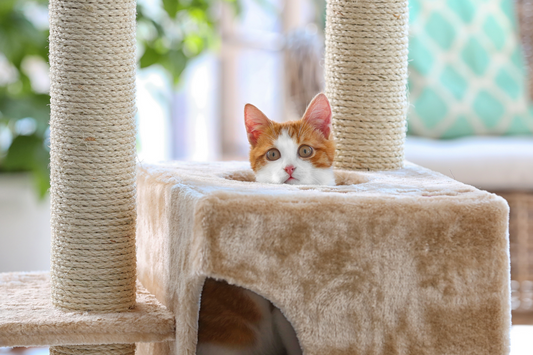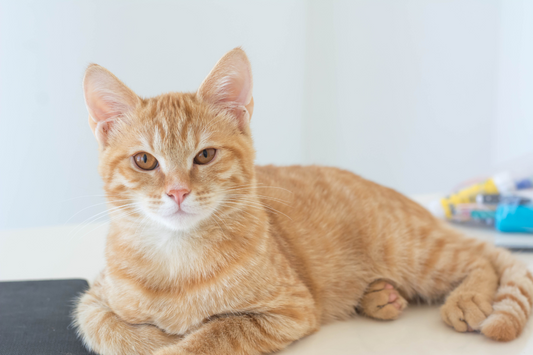
You brought home a brand-new cat scratcher—sleek, sturdy, and perfect for clawing. But your kitty? They sniff it once and walk away like it doesn’t exist. Sound familiar?
Scratching is a natural feline behavior that promotes claw health, emotional balance, and territory marking. But when it comes to a new scratcher, cats can be finicky. The good news? With the right approach, you can turn that new scratcher into your cat’s favorite pastime.
Let’s walk through how to train your cat to use a new scratcher properly without stress for you or your furry friend.
Why Cats Ignore New Scratchers
Understanding why your cat avoids a new scratcher is key to helping them accept it.
Scent Unfamiliarity: Cats rely heavily on scent. A brand-new scratcher smells like... nothing. It doesn’t yet feel like theirs.
Wrong Placement: If it’s tucked away in an unused corner, your cat may not even notice it or care.
Unappealing Texture or Design: Some cats prefer vertical posts; others like horizontal pads. Materials like sisal, cardboard, or carpet can also impact preference.
Proven Tips to Help Your Cat Use a New Scratcher
Choose the Right Location
Place the scratcher where your cat already likes to scratch—often near furniture, doors, or their favorite napping spots. Visibility and accessibility are crucial.
Make It Smell Familiar (Scent Transfer Tips)
Rub a soft cloth on your cat’s face or body, then rub it on the new scratcher to transfer their scent. This makes it feel safe and familiar.
Use Catnip, Treats, and Toys to Encourage Use
Sprinkle catnip or silvervine directly on the scratcher to entice interest. You can also dangle toys nearby or place treats on the surface to create positive associations.
Lead by Example (Play-Based Training)
Engage your cat in interactive play around the scratcher using a wand toy or string. If they scratch during play, reward them with praise or a treat immediately.
Positive Reinforcement and Consistency
How to Praise and Reward:
Always reward your cat when they use the scratcher with treats, toys, or affectionate words.
Avoiding Punishment:
Never scold or spray water; it can create fear and harm your bond.
Creating a Routine:
Encourage your cat to use the scratcher during high-energy times, like after naps or meals. Daily repetition builds the habit.
Mistakes to Avoid When Introducing a New Scratcher
Moving It Too Frequently:
Stability builds trust. Constant relocation may confuse your cat.
Forcing the Cat:
Gently guide, don’t grab paws or push. This can backfire.
Ignoring Your Cat’s Preferences:
Observe which surfaces and positions your cat naturally gravitates toward and mimic those features.
Signs Your Training Is Working
Increased Use: Your cat starts scratching the new post regularly.
Reduced Furniture Scratching: Sofas and chairs get a break!
Relaxed Body Language Near Scratcher: Your cat lounges, stretches, or rubs around the post indicating ownership and comfort.
Conclusion
Teaching your cat to use a new scratcher doesn’t have to be a battle. With a little patience, the right placement, scent strategies, and positive reinforcement, your feline will be happily clawing in no time. Remember: proper scratching isn’t just about protecting your furniture—it’s about promoting your cat’s physical and emotional health.
Stick with it, celebrate the small wins, and you’ll soon see that scratcher become a central part of your cat’s daily routine.











